Hurricane Gabrielle has surged into late September as a powerful Category 4 storm, with maximum sustained winds reaching 140 mph, according to the National Hurricane Center. While the storm won’t strike the U.S. directly, its influence has become impossible to ignore.
From North Carolina to New England, forecasters say the real hazard isn’t wind damage or toppled trees, but unseen dangers in the surf, making this storm a reminder that hurricanes don’t need landfall to turn deadly.
A Storm That Won’t Hit—But Won’t Leave Alone
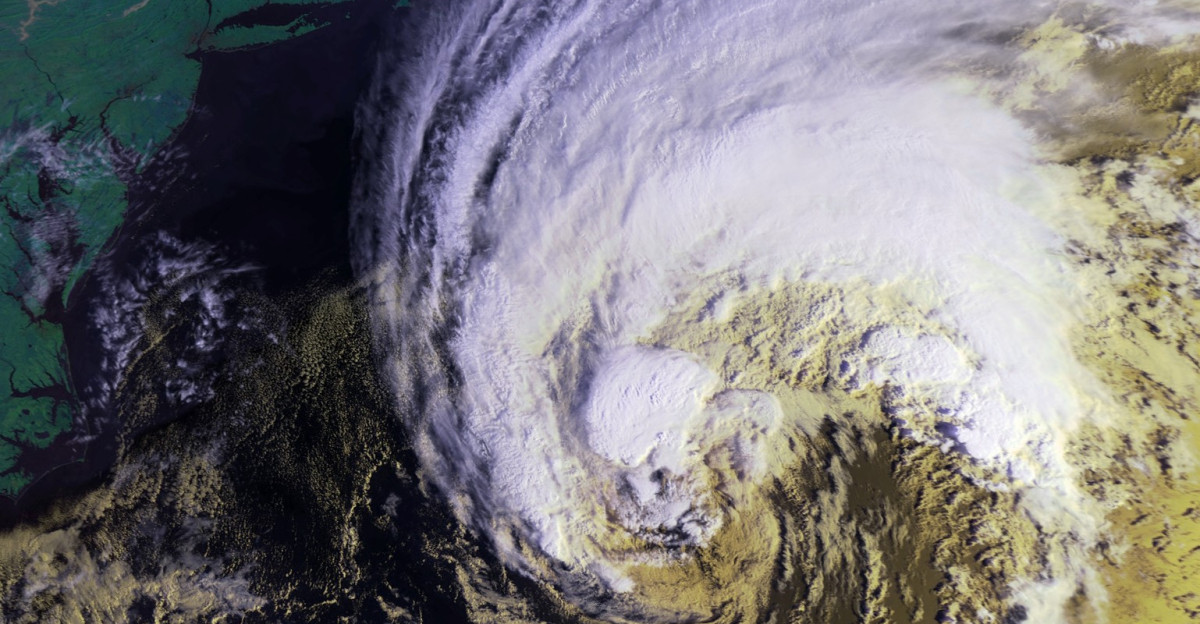
Gabrielle is staying east of Bermuda, yet its footprint covers an enormous stretch of ocean. The National Weather Service has issued alerts for rip currents, coastal flooding, and large surf from Florida through Maine, warning that 11 states remain under heightened risk.
Many residents are surprised by the warnings, given Gabrielle’s distance, but meteorologists emphasize that waves generated by major hurricanes can travel thousands of miles, reshaping coastlines and threatening lives far from the storm’s center.
The Hidden Killer in the Waves
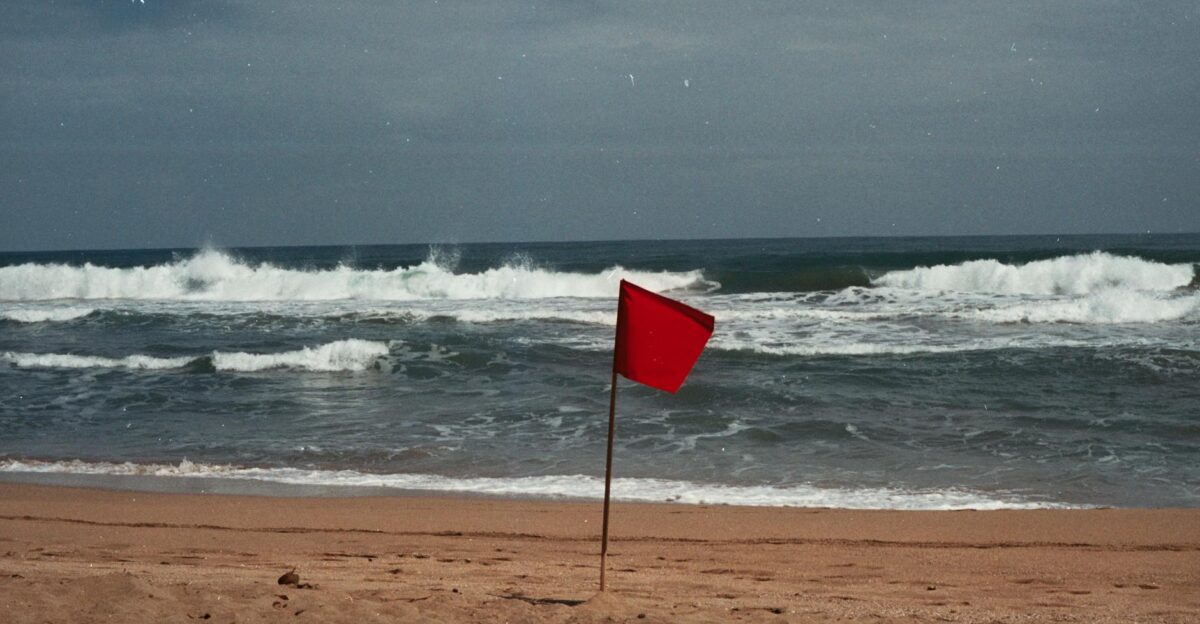
“Rip currents, even from distant hurricanes, remain the third leading cause of hurricane-related fatalities,” the National Weather Service reported in 2025. These fast-moving channels of water drag swimmers away from shore with little warning, often under calm skies.
Experts say Gabrielle is a textbook example of how the storm itself is hundreds of miles away, yet its energy funnels into beaches along the East Coast, catching beachgoers off guard. Lifeguards warn that the threat will linger long after Gabrielle passes.
Atlantic Canada and the Azores Brace Next
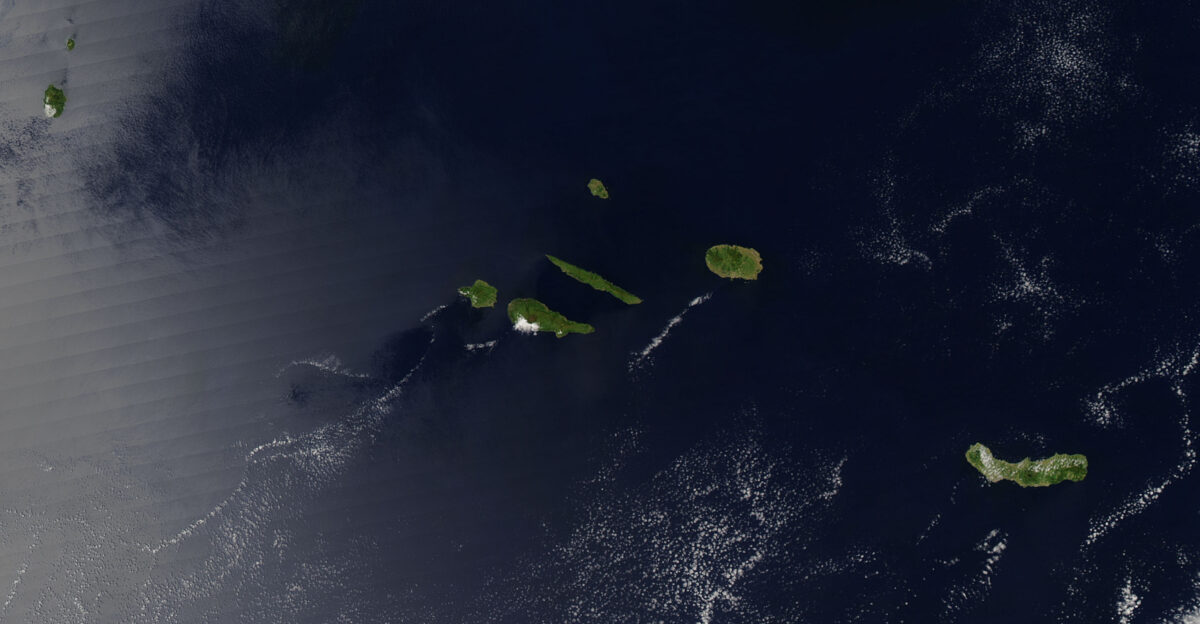
According to AccuWeather forecasters, Gabrielle’s reach now extends north toward Atlantic Canada, while the Azores archipelago sits directly in its path. Authorities in Portugal have issued a hurricane warning for the islands, with forecasts calling for rainfall between 75 and 125 millimeters (three to five inches) and destructive waves over six meters high.
AccuWeather hurricane expert Alex DaSilva warned that winds could gust up to 100 mph in the Azores, causing localized structural damage, flooding, coastal erosion, and power outages as Gabrielle passes through the islands.
Warnings That Carry Across Oceans
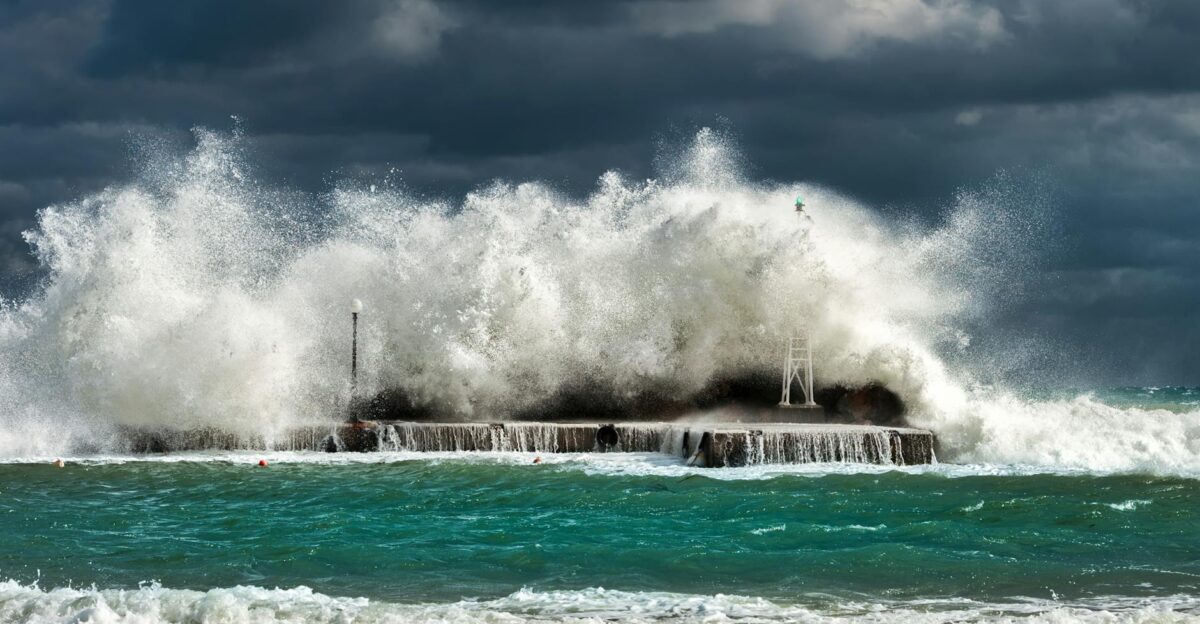
In its latest advisory, the National Hurricane Center stressed that swells generated by Gabrielle will continue to affect Bermuda, the East Coast, and Atlantic Canada. By this weekend, even Western Europe is expected to feel its effects. Forecast models show Portugal, Spain, and France could see strong surf and dangerous rip currents.
As NOAA scientists explained earlier this season, hurricanes are not just regional events; their energy disperses across oceans, influencing weather and safety on multiple continents.
Why This Storm Intensified So Quickly
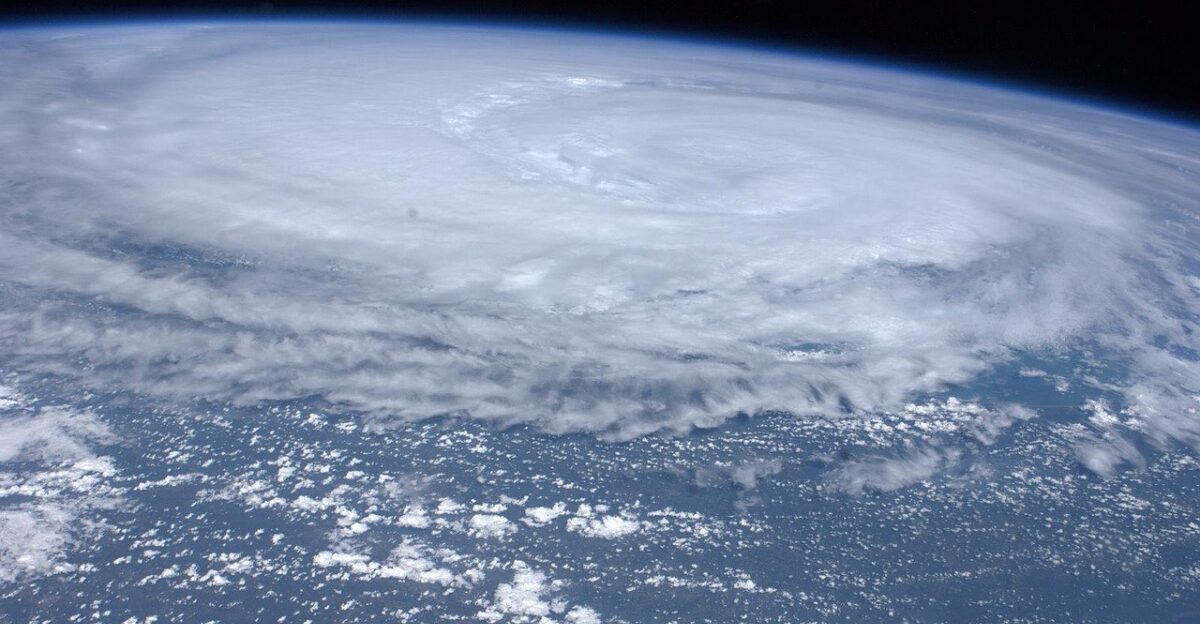
Gabrielle’s rapid intensification—from a tropical storm to a Category 4 hurricane in less than 30 hours—has raised alarms among scientists. NOAA meteorologists have long warned that abnormally warm Atlantic waters provide fuel for sudden hurricane strengthening.
In its August outlook, NOAA projected an above-normal hurricane season, highlighting that storms in 2025 have intensified faster than historic averages. This trend means there is often less time for preparation, especially for island communities caught in a hurricane’s path.
Millions of Properties Still in Harm’s Way
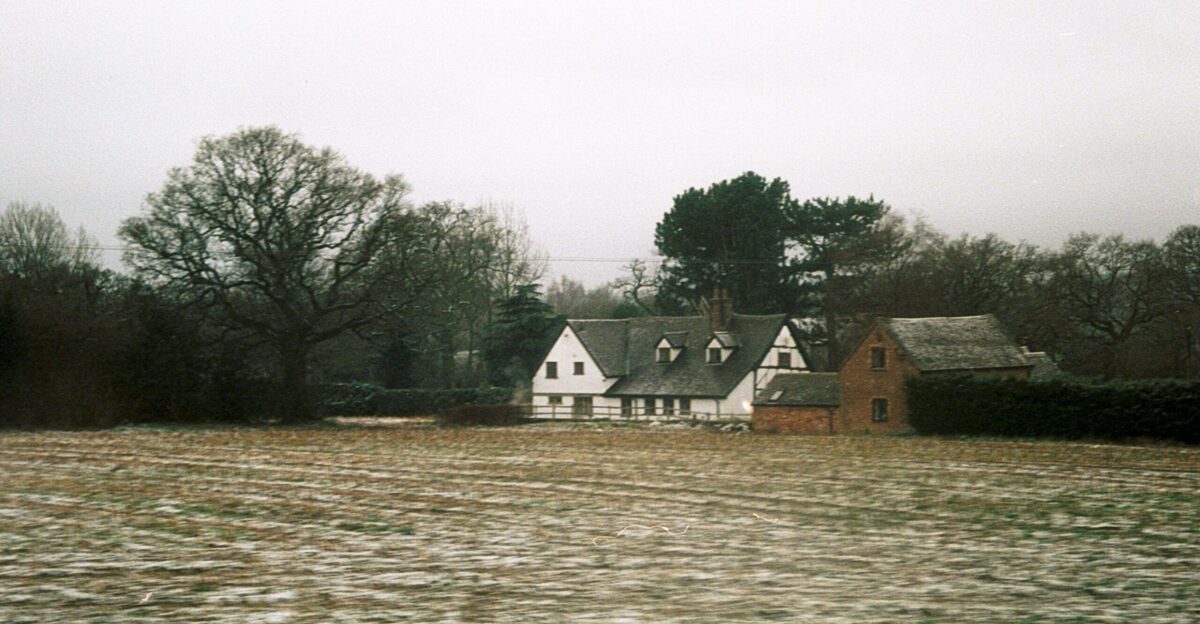
The absence of landfall doesn’t erase financial risks. A 2025 CoreLogic report estimated that 33.1 million U.S. residential properties remain exposed to hurricane or severe storm threats. Even without a direct hit, rising seas, erosion, and storm-driven flooding can create costly damage for homeowners, insurers, and municipalities.
Analysts point out that Gabrielle offers a costly reminder that storms don’t need to strike property directly to inflict losses that ripple through local economies and strain insurance markets.
The Water, Not the Wind, Claims Lives

The National Centers for Environmental Information has repeatedly emphasized that most hurricane fatalities in recent decades stem not from winds but water: inland flooding, storm surge, and rip currents.
Gabrielle reinforces this pattern. While gusts over 140 mph are dangerous, the greater peril comes from currents that silently sweep swimmers away or batter coastlines with relentless waves. Forecasters say public messaging must continue to stress water safety over the traditional focus on hurricane winds.
Florida Issues Sharp Warnings
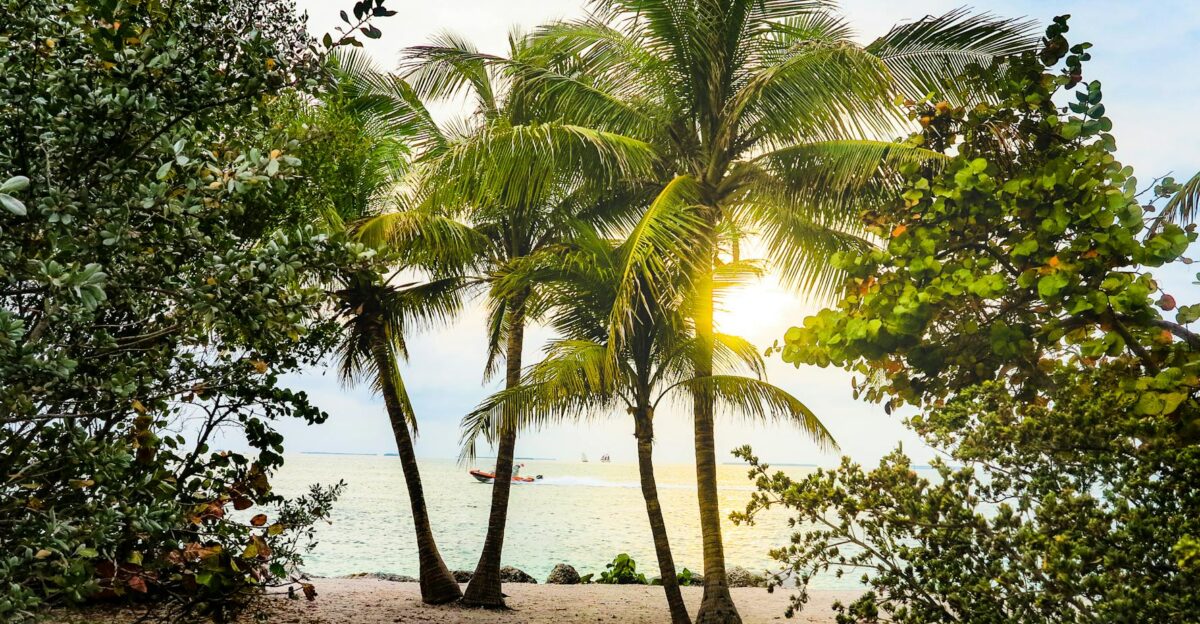
Florida’s Division of Emergency Management urged beachgoers to exercise “extreme caution,” emphasizing that conditions remain life-threatening even under sunny skies. “Even if the hurricane remains offshore, dangerous rip currents along our beaches can threaten lives,” the agency warned in a statewide alert.
Several coastal counties have already closed beaches or restricted access, citing multiple water rescues. Local officials explained that storms like Gabrielle remind Floridians that distance offers little protection when the ocean turns volatile.
Erosion and Sudden Surges Add to Risk

Along the Atlantic coastline, Gabrielle’s waves pose risks beyond rip currents. Structural beach erosion is already being reported, and experts warn that sudden surf surges could reshape vulnerable shorelines. The U.S. Geological Survey has documented similar impacts from past offshore hurricanes, noting that erosion events accelerate under prolonged wave action.
Local emergency managers stress that while inland communities may feel little effect, coastal towns could see long-term damage to infrastructure, dunes, and fragile protective barriers.
Azores Face Full Force of Gabrielle
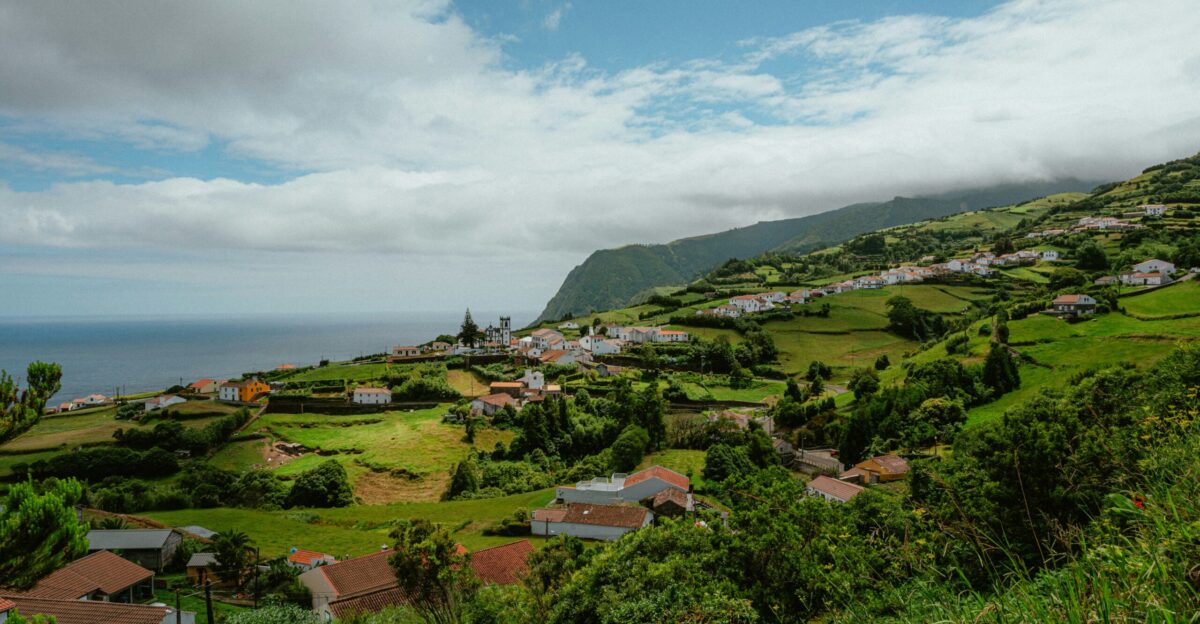
Residents of the Azores are now preparing for a direct impact. “As Gabrielle approaches and passes through the islands, winds will generally gust 40–60 mph, with localized gusts near 100 mph,” said AccuWeather’s Alex DaSilva.
Schools, ports, and businesses are expected to close temporarily, while emergency shelters open for low-lying residents. Officials warned of landslides, flash flooding, and coastal road closures as the storm unleashes its most destructive phase in the North Atlantic.
Shipping and Travel Routes Diverted
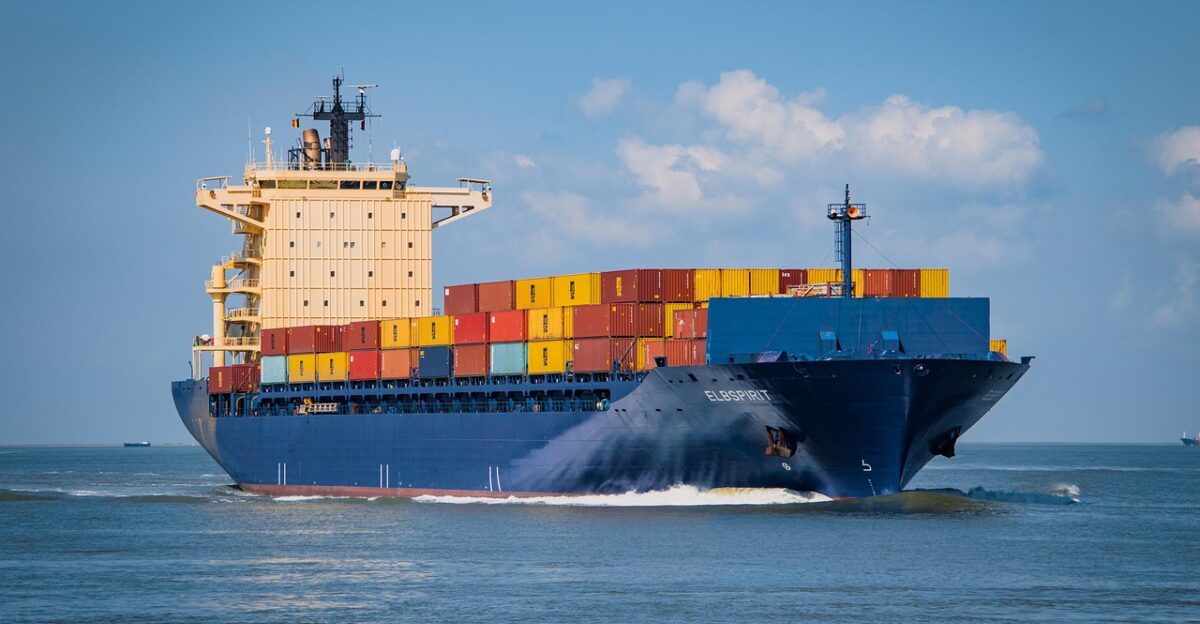
Gabrielle has also disrupted international trade and travel. Maritime authorities issued urgent warnings for trans-Atlantic shipping lanes, describing “mountainous seas” in the storm’s path. Several cargo ships have rerouted to avoid the area, while cruise operators adjusted itineraries to avoid dangerous conditions.
Aviation has also been affected, with trans-Atlantic flights shifting routes to bypass turbulence. The storm’s vast footprint shows how a single hurricane can ripple into global shipping, tourism, and airline operations.
Part of a Troubling Seasonal Pattern
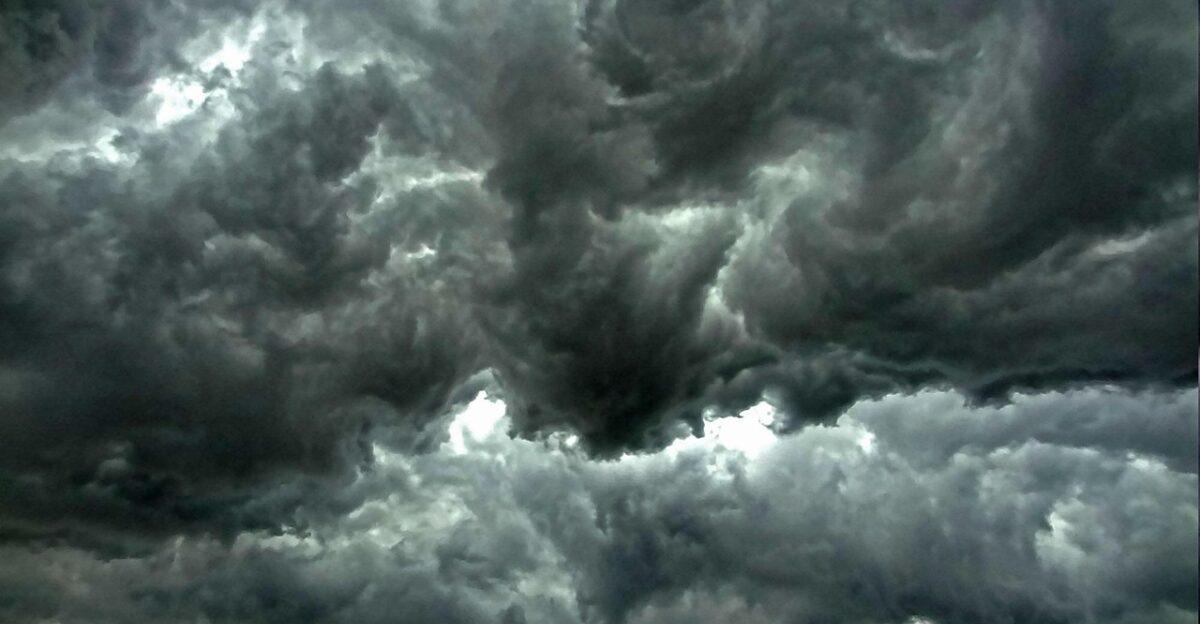
The 2025 Atlantic hurricane season, which began June 1, has so far produced two major hurricanes: Erin and Gabrielle. Both underwent rapid intensification, a trend climate researchers have tracked with growing concern.
Studies cited by NOAA note that warmer sea-surface temperatures increase the likelihood of storms strengthening quickly, often near populated coastlines. As meteorologists caution, this limits response time for evacuations, leaving residents and officials scrambling to adjust in shrinking windows of preparation.
No Direct Deaths—Yet Rising Rescue Calls
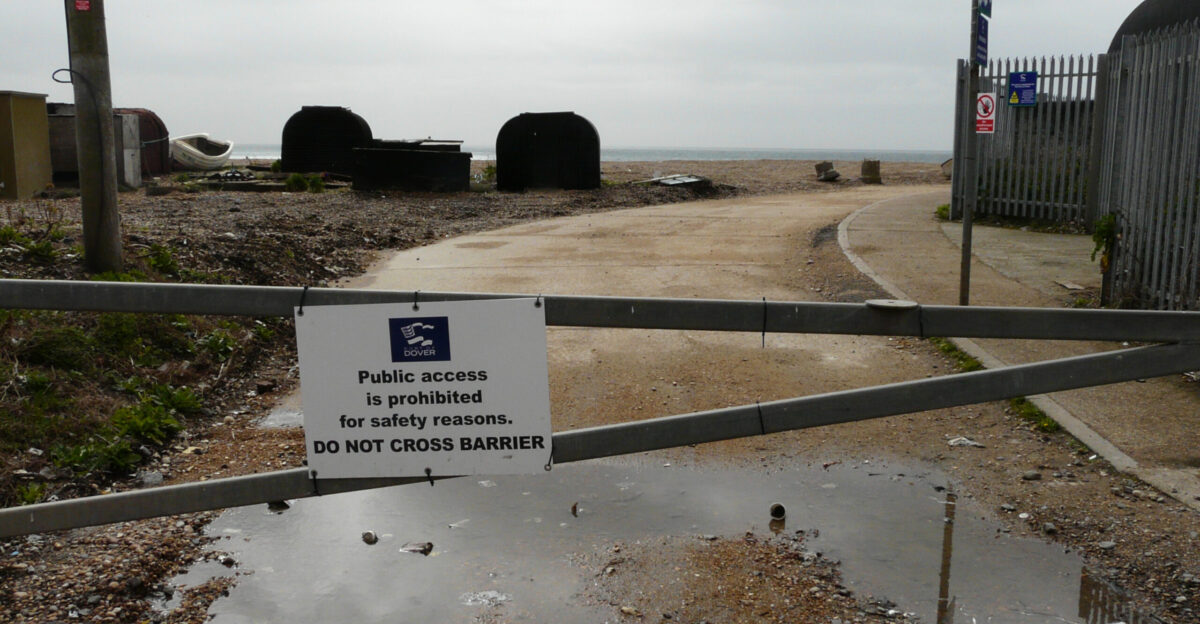
As of September 25, no confirmed U.S. deaths or large-scale property damage were linked to Hurricane Gabrielle. However, beach closures, water rescues, and emergency advisories have surged across multiple Atlantic states as hazardous surf and strong rip currents persist.
First responders in the Carolinas and Florida have reported numerous incidents requiring intervention. Officials stress that the absence of fatalities doesn’t mean the storm isn’t dangerous, warning that close calls along the coast could turn tragic in seconds.
Outlook Remains Active Through November
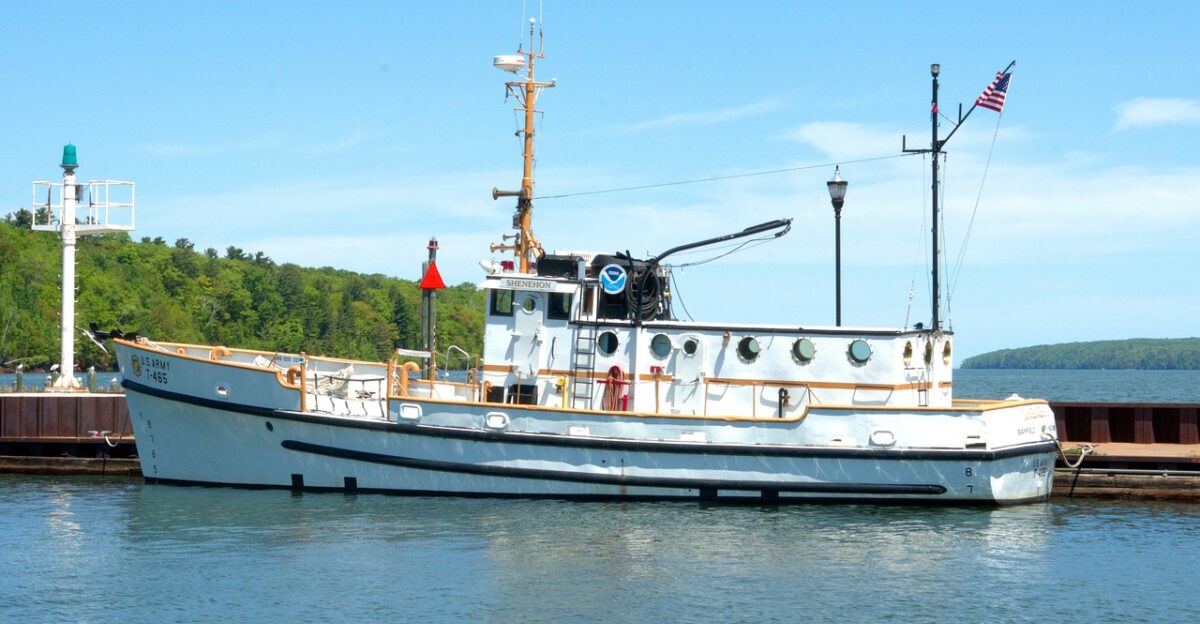
NOAA’s midseason outlook, released in August, projects 13 to 19 named storms before the hurricane season ends on November 30, with as many as nine hurricanes possible. Officials continue to urge coastal residents not to become complacent—Gabrielle is a reminder that even storms far offshore can disrupt economies and threaten lives, especially through deadly rip currents.
NOAA and local agencies emphasize that remaining weather-aware for the season’s final two months remains the safest approach for coastal communities.
Gabrielle’s Deadliest Impact Isn’t Landfall
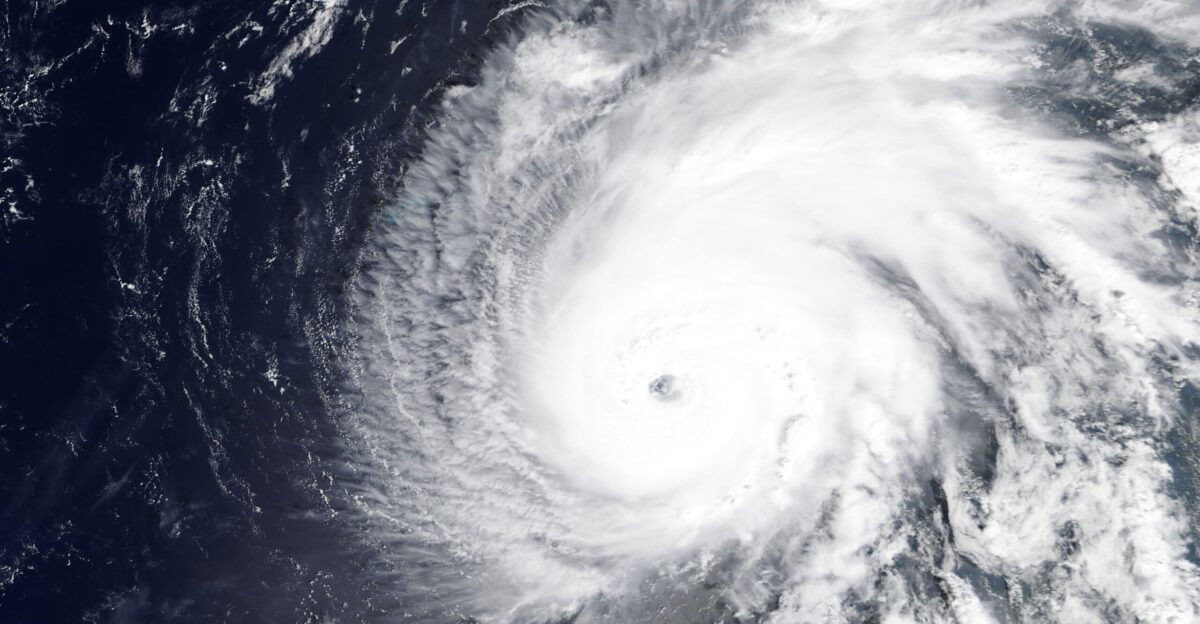
As Gabrielle continues east, officials stress that its most lethal effect is not its winds or its track, but the invisible threat of rip currents and hazardous surf.
These dangers extend across thousands of miles, reaching millions of people who may not realize they’re in harm’s way. Experts say the message is simple: respect advisories, avoid risky waters, and remember that hurricanes don’t have to make landfall to change lives.